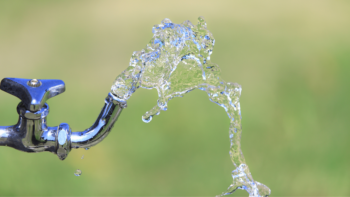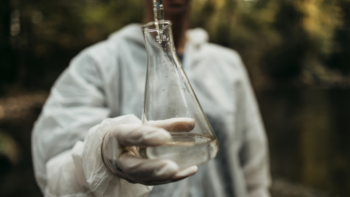Solving the problem of nitrates in our soil
Farmers in the UK and across Europe have used nitrate fertilisers to increase crop yields for decades. In the 1960s and 70s, before we became aware of the environmental impact and the potential health risks, their use was prolific. Nitrates deposited by farmers years ago are slowly but surely making their way through soil and rocks and into the water system. We now know that nitrates can cause health problems, but as it takes such a long time for nitrates to enter the water system, there is a huge lag to reduce and eliminate them.
Drinking water is carefully monitored for nitrate levels – when they are too high it is either mixed with water from another source to dilute the levels or treated. These interventions are costly and complicated, so the Defusing the Nitrate Timebomb project is looking at ways to prevent further nitrates entering the water system by creating models that can identify how nitrates are getting into the system.
This project, led by Portsmouth Water, seeks to identify where nitrates levels are particularly high so that action can be taken to prevent them transferring into the water system.
This might mean making payments to farmers with fields either side of a river in return for leaving fields fallow, or planting crops that don’t require lots of fertiliser, for example barley instead of wheat.
This project is all about gaining an accurate understanding of where nitrates come from so that resources to deal with the problem can be targeted most effectively.
The nitrate problem is something that won’t go away for some time; this year in particular, with wheat prices at record highs, there is an incentive to use large quantities of fertiliser to increase yields and create high protein wheat suitable for breadmaking, for which farmers receive a premium price.
However, there are solutions, such as investing in technologies that allow farmers to target fertiliser use more precisely, as well as funding accurate soil testing so they have an accurate measure of the nitrate levels present. This project is not a quick fix, but it is a crucial step in the process of maintaining the health of our rivers and water sources.
Think you could help monitor or improve water quality? Find out more about our £38 million competition, Water Breakthrough Challenge 3, here: waterinnovation.challenges.org/breakthrough3.
Need more time for your entry? Another round of the Water Breakthrough Challenge will open in autumn 2024.




